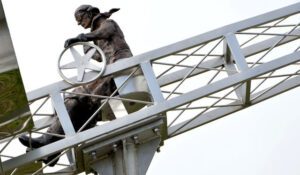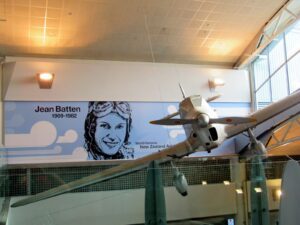
Jean Batten, the fearless female aviator, shattered gender norms. In aviation history, there are few names that shine as brightly as Jean Batten’s. She was not just a pioneering aviator; she was a trailblazing woman, and set records that continue to inspire aspiring pilots and aviation enthusiasts to this day. In this blog post, we will delve into the life and achievements of the famous female aviator, Jean Batten.
Early Life of Jean Batten and Her Passion for Aviation
Jean Gardner Batten was born on September 15, 1909, in Rotorua, New Zealand. From a young age, she exhibited a deep fascination with aviation, which was still in its infancy at the time. Her passion for flying was kindled when she saw an aerial circus performance as a child, and she knew from that moment on that she wanted to take to the skies.
Batten’s journey into aviation was far from typical, especially for a woman in the early 20th century. At the age of 18, she moved to England to pursue her dream of becoming a pilot. In 1929, she enrolled in the London Aero Club and earned her private pilot’s license, making her one of the very few female pilots of her time.
Record-Breaking Flights
Jean Batten’s true claim to fame came through her record-breaking long-distance flights. The mid 1930s were the heyday of Batten’s flying career. After two failed attempts to fly from England to Australia in 1933 she successfully completed a return journey in May 1934. Although the route had been flown in one direction or the other more than 30 times, Batten’s gender and her beauty captured huge media attention. In keeping with the direction of her ‘patron saint’, oil magnate Lord Wakefield (of Castrol Oil), she carefully kept herself in front of the public eye, embarking on extensive tours of Australia and New Zealand. During both tours Batten was accompanied by a mascot, a black kitten she had named Buddy.
However, Batten’s most iconic flight was her solo journey from England to New Zealand in 1936. She completed this historic flight in just 11 days and 45 minutes, shattering the previous record for the journey. Her achievement captured the hearts and imaginations of people worldwide, and she was celebrated as a national hero in New Zealand.
Batten’s accomplishments continued as she broke several more records, including flying from Australia to England in 1937 in a mere 5 days and 18 hours, making her the fastest woman to complete the journey at that time.
Jean Batten and Her Spirit of Adventure
Jean Batten’s determination and courage were truly remarkable. She faced numerous challenges and obstacles on her journeys, from mechanical problems to unpredictable weather conditions, but she persevered. Batten’s adventurous spirit and unwavering dedication to aviation became an inspiration to countless individuals, especially women who aspired to enter the male-dominated field of aviation.
Legacy and Recognition
Jean Batten’s achievements did not go unnoticed, and she received numerous awards and honors during her lifetime, including being made a Commander of the Order of the British Empire (CBE) in 1937. Her legacy continues to be celebrated in New Zealand, where she is remembered as one of the country’s greatest aviation pioneers.
Wrapping It Up
Jean Batten’s remarkable journey from a small town in New Zealand to becoming a world-renowned aviator serves as a testament to the power of determination, passion, and breaking down gender barriers. She left an indelible mark on the world of aviation, inspiring generations of women and men to pursue their dreams, regardless of the obstacles they may face. Jean Batten’s name will forever be associated with the pioneering spirit of aviation, and her story remains an enduring source of inspiration for those who dare to dream of conquering the skies. Until next time, remember to Be Social, Fly Private!

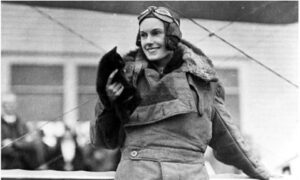

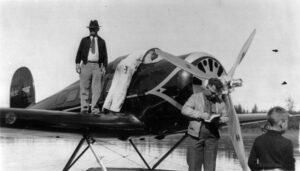 Contributions to Aviation:
Contributions to Aviation: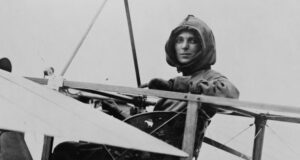
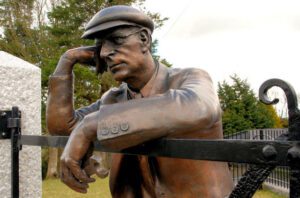 Harry Ferguson pioneered the skies and made many contributions to modern aviation. The world of aviation has witnessed countless pioneers who have played a pivotal role in shaping the industry. One such unsung hero is Harry Ferguson, a man whose contributions to modern aviation are often overshadowed by the more famous names in the field. However, his innovative spirit and determination left an indelible mark on aviation, revolutionizing not only aircraft design but also agricultural machinery. In this blog post, we will delve into the life and contributions of Harry Ferguson, the man who helped bring modern aviation to new heights.
Harry Ferguson pioneered the skies and made many contributions to modern aviation. The world of aviation has witnessed countless pioneers who have played a pivotal role in shaping the industry. One such unsung hero is Harry Ferguson, a man whose contributions to modern aviation are often overshadowed by the more famous names in the field. However, his innovative spirit and determination left an indelible mark on aviation, revolutionizing not only aircraft design but also agricultural machinery. In this blog post, we will delve into the life and contributions of Harry Ferguson, the man who helped bring modern aviation to new heights.